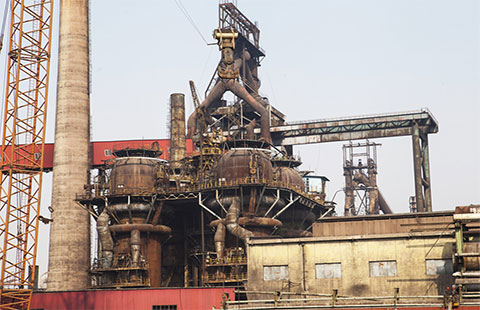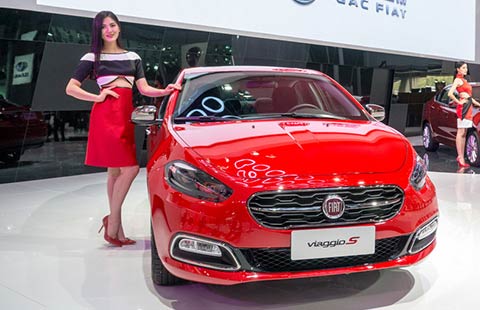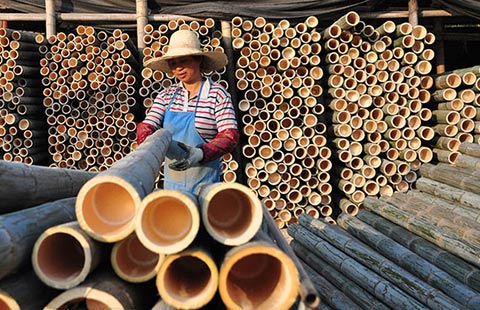China may become Mideast and Africa manufacturing hub
(Xinhua) Updated: 2012-06-13 10:33DUBAI - Exports from the Middle East and Africa are poised to grow up 12 percent in the next decade, as the region is on the way to succeed China as a key manufacturing hub for low cost goods, global consultancy, Ernst and Young said in a report published Tuesday.
Commenting on the report, Bassam Hage, Middle East and North Africa Markets Leader at Ernst and Young in Dubai, said, "While China is still very competitive, rising wages are opening up opportunities for Africa and the Middle East."
The report said that "technological advancements and the process of industrialization in the MEA region will lead to metals, chemicals and other "intermediate" goods becoming an increasingly important part of their exports as they seek to position themselves in the global supply chain."
Hage added that "With a fast-growing labor force, they have the potential to become the next world assembler, possibly replacing China, as China specializes in higher-value added goods. But for this to happen there will need to be an investment in infrastructure and the continued fostering of entrepreneurship."
The study identified 25 Rapid Growth Markets which would have the potential to trigger a seismic shift in global trade patterns. On specific trade flow forecasts, Hage said that "Exports to Russia from the region will show significant growth of close to 12 percent per year from sub-Saharan Africa and 14 percent from the Middle East and North Africa region."
In addition, intra-trade among Rapid Growth Markets is poised to soar. "The increase in the middle class in Rapid Growth Markets, particularly in Asia, will drive growth in consumer demand and trade flows between Rapid Growth Markets. Ernst and Young took China as a specific example for forecasting, saying that "the number of households in China with a real disposable income of $30,000 to $50,000 will increase from 1.6 million in 2010 to an estimated 26 million in 2020. In addition, "Flows of goods from China to India are expected to grow by 22 percent per year over the next decade."
Because of this shift, MEA countries will increasingly focus in their export policy on trade destinations in the East.
According to Hage, Ernst and Young stated he was optimistic for the MEA region in the medium-term, saying that "in addition to the rise in oil prices benefiting the region, non-oil activity is likely to remain strong especially with the steady labor force growth. Government spending and the increase in trade between Rapid Growth Markets, will serve as significant catalysts to growth and, in turn, be hugely beneficial for companies that invest in these markets."
- CapitaLand's Q2 net profit up 5.8% to $335m
- A glimpse of former Shougang industrial site
- Chinese stock investors' confidence rises in July: survey
- China service business activity at 11-month high: survey
- Toyota warns of tough times ahead as competition heats up
- Weak China sales may force BMW to revise full-year profit targets
- New yuan channels to widen funding sources
- China to deploy space-air-ground sensors for environment protection

















